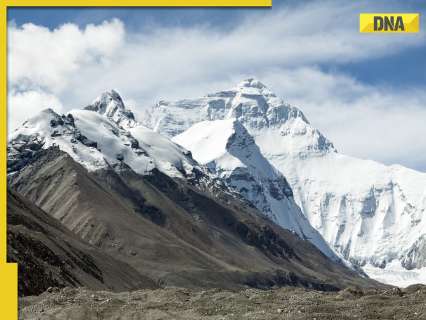Now Reading: Lives of 200 crore people, water supply in danger in India, Pakistan, Nepal due to sharp drop in…
-
01
Lives of 200 crore people, water supply in danger in India, Pakistan, Nepal due to sharp drop in…
Lives of 200 crore people, water supply in danger in India, Pakistan, Nepal due to sharp drop in…

This is the third year in a row with below-normal snow levels, raising serious concerns about water availability for nearly two billion people in India and surrounding countries.
Snow levels in the Hindu Kush Himalaya (HKH) region have dropped to a record low this year, according to a new report released on Monday by the International Centre for Integrated Mountain Development (ICIMOD). The report says snow persistence – the snow that stays on the ground between November and March – was 23.6% below normal in 2025, the lowest in the last 23 years.
This is the third year in a row with below-normal snow levels, raising serious concerns about water availability for nearly two billion people in India and surrounding countries. Snow that melts during spring and early summer is a major source of water for rivers, especially during dry months.
ICIMOD Director General Pema Gyamtsho warned that rising carbon emissions have already set the region on a path of repeated snow shortages. He called for urgent regional cooperation and science-based policies to manage water and reduce emissions.
Lead expert Sher Muhammad added that this consistent drop in snow levels is an alarming trend. “Each country needs to act based on the specific needs of its river basins,” he said, according to PTI.
All 12 major river basins in the HKH region, including those in India, China, Pakistan, Afghanistan, and Southeast Asia, saw less snow than usual this year. The Mekong and Salween basins were the worst-hit, with snow levels more than 48% below normal.
In India, the Ganges basin saw its lowest snow persistence in over 20 years, at 24.1% below normal. This could mean less water for farming and drinking in the summer. The Brahmaputra basin saw a 27.9% drop, threatening agriculture and hydropower. The Indus basin also showed a 16% decline.
Experts warned that if snow levels continue to fall, the region may face more water shortages, greater pressure on groundwater, and a higher risk of drought. They urged governments to prepare water-saving plans, improve drought response, and use scientific data to guide future decisions.




















